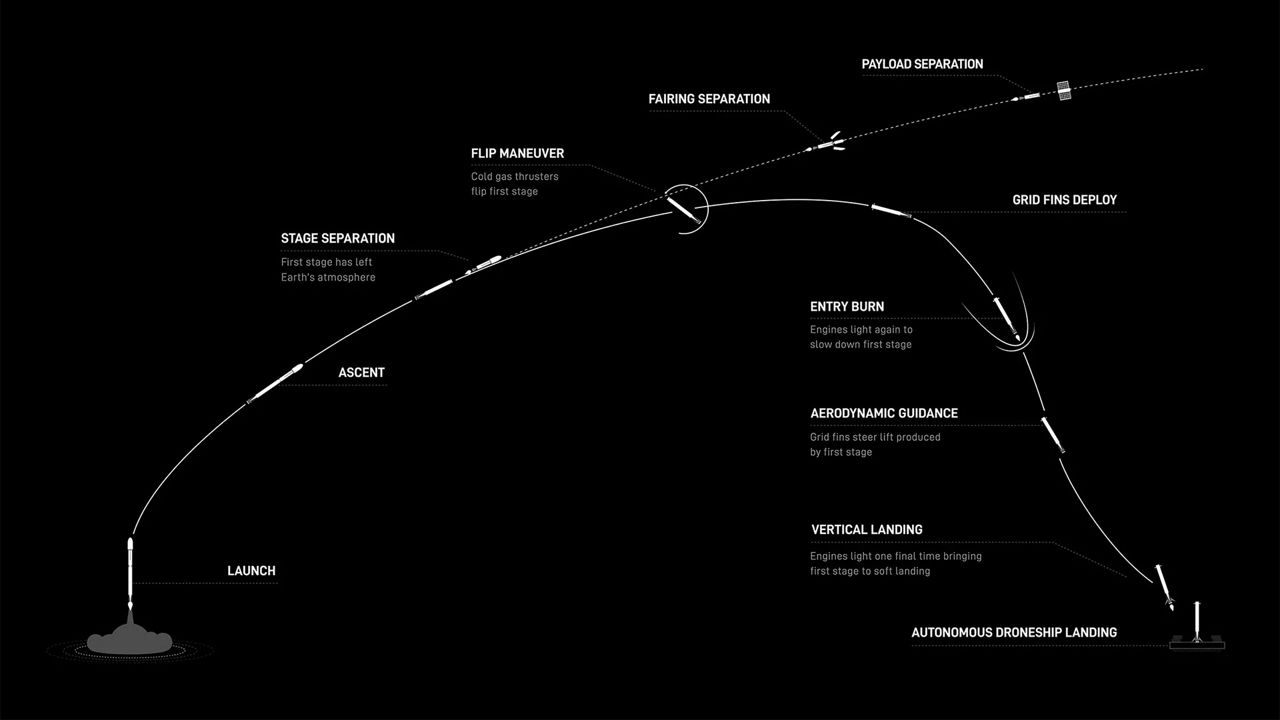KENNEDY SPACE CENTER — The weather was looking good as SpaceX launched more than 20 Starlink satellites on Tuesday night.
What You Need To Know
- SpaceX took off from Launch Complex 39A at the Kennedy Space Center
- It sent the Starlink 6-76 mission to low-Earth orbit
Falcon 9 lifts off from pad 39A in Florida! pic.twitter.com/gu1dwlnaEP
— SpaceX (@SpaceX) November 27, 2024
Taking off from Launch Complex 39A at the Kennedy Space Center at 11:41 p.m. ET, SpaceX stated that its Falcon 9 rocket took Starlink 6-76 mission into the deep black.
The launch window opened at 10:05 p.m. ET and was set to close at 1:30 a.m., ET, Wednesday. That means during that time period, SpaceX was able to launch its famed rocket. SpaceX did not state why the launch time was pushed back.
The 45th Weather Squadron gave a 95% chance of good launch conditions, with a very rare no weather violation concerns. Usually, some type of weather concern is common.
Although, the last time the Space Coast saw a no weather violation concern was Monday’s Starlink 12-1 launch.
Find out more about the weather criteria for a Falcon 9 launch.
Going up
This is the 15th mission for the Falcon 9's first-stage booster B1078. It has had 14 missions under its hat before this launch:
- Crew-6
- SES O3b mPOWER
- USSF-124 mission
- Bluebird
- Starlink 6-4
- Starlink 6-8
- Starlink 6-16
- Starlink 6-31
- Starlink 6-46
- Starlink 6-53
- Starlink 6-60
- Starlink 10-2
- Starlink 10-6
- Starlink 10-13
After the stage separation, the first-stage rocket landed on the droneship A Shortfall of Gravitas that was in the Atlantic Ocean.
Falcon 9 has landed, completing our 375th overall recovery of an orbital-class booster! pic.twitter.com/ZiLCaVCm4L
— SpaceX (@SpaceX) November 27, 2024

About the mission
The 24 satellites from the Starlink company, owned by SpaceX, went to low-Earth orbit to join the thousands of mechanical brothers and sisters already there.
NASA states that low-Earth orbit is an altitude of 1,200 miles (2,000 kilometer) or less above the planet.
Once deployed and in orbit, they will provide internet service to many parts of Earth.
Dr. Jonathan McDowell, of Harvard-Smithsonian Center for Astrophysics, has been recording Starlink satellites.
Before this launch, McDowell has tracked the following:
- 6,740 are in orbit
- 5,981 are in operational orbit




